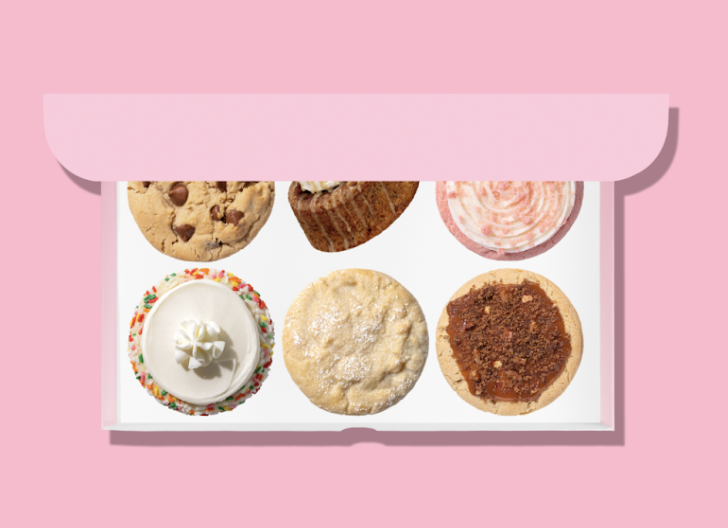
Peanut butter can be traced all the way back to the Incas in ancient America roughly 3,000 years ago. Later in the 19th century Dr. John Harvey Kellog, a doctor and nutritionist developed his own peanut butter. John Kellog came up with his version in the 1890s, applying for a patent in 1895. It was later sold publicly for the first time in 1904. This is the start of the spread as we know it today
Although he ended up landing on peanuts because of their protein, he experimented with a variety of nuts to create his butter. Kellog advocated for a plant-based diet and advertised peanut butter as an alternative to meat to the general public. In 1896, America’s Good Housekeeping magazine endorsed women making their own peanut butter and suggesting to use it as a spread.
Before the end of the 1800s, Joseph Lambert, an employee at Kellogg’s sanitarium had invented machinery to roast and grind peanuts on a larger scale. This eventually launched the lambert food company, the first company to make peanut butter for consumer sale. Regardless of their feelings towards this spread, all Americans had to turn to peanut butter during the first world war due to meat rationing. This was recommended by the government when they released pamphlets during the war that suggested “meatless mondays” with peanuts in all recommended meals.
The beginning of selling peanut butter was rocky. The issue was the oil in the peanut butter separating, which caused the peanut butter to quickly go bad. Manufacturers advised grocers to stir peanut butter frequently to avoid the oil separation. Over time, this became a hassle, as peanut butter was shipped in huge containers to grocers. As a solution, in 1921 a Californian named Joseph Rosefield filed a patent for applying a chemical process called partial hydrogenation that would preserve the oil into a semi solid thus leaving the peanut butter always blended. This would waive the need for grocers to constantly and tirelessly stir the peanut butter. With this innovation of shelf stable peanut butter, the spread only grew in popularity as it made its way around the world outside of its homeland of America.
Today the beloved butter comes in many different forms: creamy, crunchy, sweet, and salty. These variations each have their fans, Kaitlyn Wilson a former Saugus senior, states “The crunchy jif peanut butter is by far the best ”. Current Saugus Sophomore Skylie Prokopovich agrees stating “I like any crunchy peanut butter no matter the brand it’s just the crunch that matters” Many of your favorite foods, snacks and candies also contain peanut butter. These nutty snacks include the famous Reeses, Butter Fingers, and granola bars. Peanut butter, however, is also the star in many savory dishes. Some of these are Thai chicken satay with its famous peanut sauce and West African Peanut stew or more traditionally called Maffa. Thai chicken satay traditionally consists of chicken on skewers and a delicious thick salty creamy peanut butter sauce. This delicious savory peanut butter sauce is typically made by mixing the butter with a variety of spices and then simmering it on low heat till it becomes thick.
West African peanut stew is a delightful thick and creamy soup with chicken and many different veggies incorporated in. Typically Maffa will be eaten with fufu, rice or couscous but it is also eaten plain in certain areas of West Africa.

photo credits: google photo
None of these, though, can top the most common and famous use of peanut butter in the form of a Pb & J eaten by everyone from school children to adults. Saugus senior Aaron Plasencia says “My favorite thing to eat for lunch is a Pb and J made with the Smuckers peanut butter and jelly swirl jars”.
Starting with the Incas and modernizing with American innovators, peanut butter has become a staple spread of households around the world. Whether enjoyed in a sandwich or incorporated into a diverse meal, peanut butter has taken the hearts of many as a comfort food.






